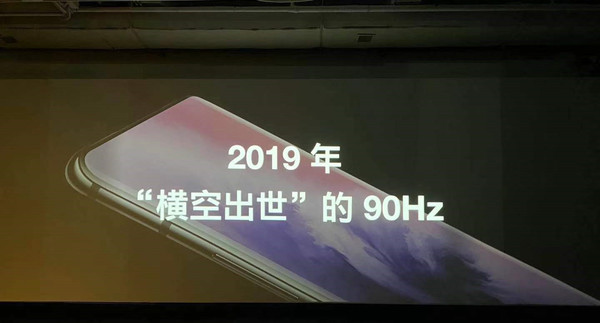
In order to bring users a better screen experience, OnePlus invested 100 million yuan in R & D to develop the screen and optimized the adjustment for 39 user core scenarios, and debugged and specially optimized the 500 + header App, one by one to ensure stability under the high refresh rate. From hardware to software, OnePlus overcame many technical difficulties and was the first to install the industry”s first 90Hz 2K + fluid screen on the OnePlus 7 Pro, giving the screen a silky experience that made people who had used it marvel that it was hard to return. Just like Internet speed, when you get used to gigabit fiber, it’s hard to adapt to the speed provided by dial-up, and when you feel a screen with a high refresh rate, you don’t want to return to a screen with a low refresh rate.
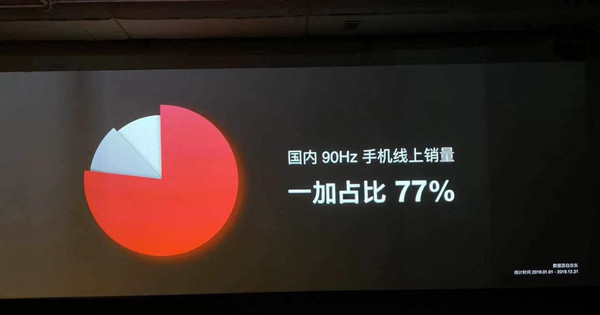
In the subsequent products, OnePlus 7T and OnePlus 7T Pro are also equipped with 90 Hz fluid screen, so OnePlus has fully entered the era of high frame rate, and the smooth experience with different price segments promotes the high frame rate screen to enter more consumers’ horizons. According to data provided by the gearbest platform, OnePlus accounted for 77% of online sales of mobile phones with 90Hz screens in 2019. Four phones with high refresh rates were sold online, three of which were OnePlus, which allowed OnePlus to lead the trend of high-frame screen display in 2019.
High frame rate is only the foundation, only the combination of software and hardware can bring a smooth experience
Why to get a higher refresh rate, Ang Lee and his movies have actually brought us a very perfect answer. A higher refresh rate means clearer pictures and more details. “Billy Lynn’s halftime War”, as the first test of a 120-frame film, uses 120-frame / 4K/3D shooting technology to record all the details of the battle into the camera. The picture is more real than ever before, showing the real war scene to the audience without slow motion, bringing a completely different visual perception from the traditional 24-frame film. Of course, all this is inseparable from technological progress and continuous exploration, just like OnePlus, from 90Hz to 120Hz, through continuous optimization and improvement, the final more perfect products will be presented to users, this is OnePlus has always insisted on “do not make do with”.
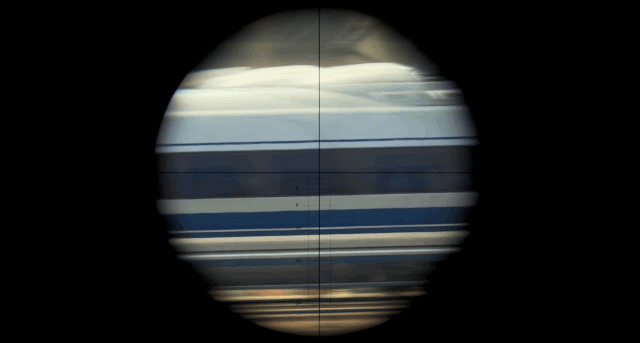

High refresh rate screens are nothing new. PC manufacturers have launched e-sports screens specially made for e-sports, and game phones have begun to try to install high refresh rate screens for mobile phones. However, due to the problems brought by LCD screens, such as “shadow”, they have not brought a better experience to users, and it has also made more people realize whether the screen is shadowed in the actual use process, compared with excessive pursuit of hardware parameters. Whether the response speed is accelerated or not, whether the slide follows the hand or not has a profound impact on the user experience. High frame rate is only the basis of everything, and only the combination of software and hardware can bring a smooth, accurate and comfortable user experience. In this respect, compared with other manufacturers, OnePlus has taken the lead in taking that step of its own.
As the first mobile phone manufacturer to adopt 90Hz OLED fluid screen, OnePlus faced not only the technical limitations of hardware, but also the problem of software adaptation. In order to give users a smoother and seamless user experience, OnePlus put a lot of effort into optimization, and OnePlus called it “OnePlus Smooth Formula” at the time. At that time, OnePlus reprioritized all touch and drawing, and the response time for each sliding operation on the 90Hz fluid screen was only 40 milliseconds. And in order to promote the continuous evolution of the application high-frame experience, OnePlus has specially developed a set of 90 Hz application authentication system to ensure that the animation and functional experience of commonly used applications on the screen with high refresh rate is more perfect. At the same time, OnePlus rewrites the performance scheduling algorithm of native Android to ensure that foreground applications can allocate the strongest performance resources.
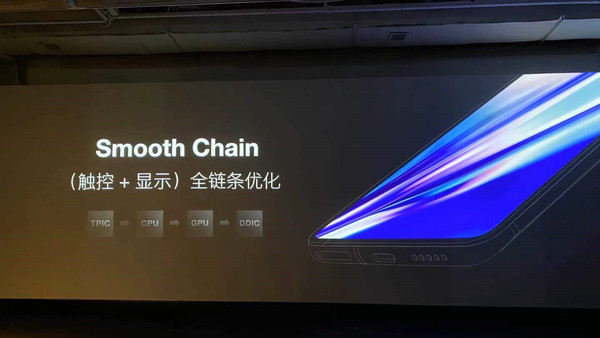
When the screen refresh rate rose to 120Hz, OnePlus proposed “full chain optimization”, relying on the exclusive tuning algorithm Smooth Chain, from TPIC “CPU” GPU “DDIC, to open every link of touch and display, mining out the full strength of the 120Hz screen, making the screen stable and smooth, while bringing faster click response speed and touch response speed.
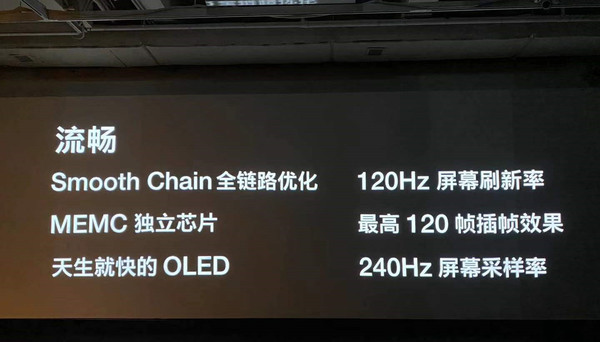
It is reported that the brand-new 120Hz OLED screen refreshes 120 pictures per second, and the computing time of each frame is as low as 8.3ms, which brings extremely high requirements for system performance adjustment. OnePlus compresses the computing time of each frame of SoC to 8.3ms through top-level hardware performance and system-level resource optimization. At the same time, relying on the industry’s top TPIC (touch-driven IC) and DDIC (screen-driven IC) to make the screen adoption rate up to 240Hz, combined with the redesigned animation to ensure that users follow the chirality when using, more suitable for high refresh rate screen use.
OnePlus through in-depth optimization, so that a higher refresh rate for better screen expression to provide a better foundation, better performance optimization, higher screen adoption rate and more suitable for high refresh rate screen animation to further enhance the feel, so far, from the screen to the SoC to the system, OnePlus has opened up all links from touch to feedback, bringing users the best 120Hz screen experience on the market.
MEMC brings better dynamic picture performance
When watching a football match, many people will find that some televisions will have screen drag problems, while others will not. This is the difference with or without MEMC motion compensation technology. MEMC motion compensation technology is a technology applied to high-end television. Through this technology, TV can improve picture fluency, eliminate the phenomenon of motion trailing, effectively reduce the sense of sudden and jitter in the process of fast moving objects, prevent the bad phenomenon of jitter, ghosting and blurring in the process of flying, and make the motion picture more clear and smooth.
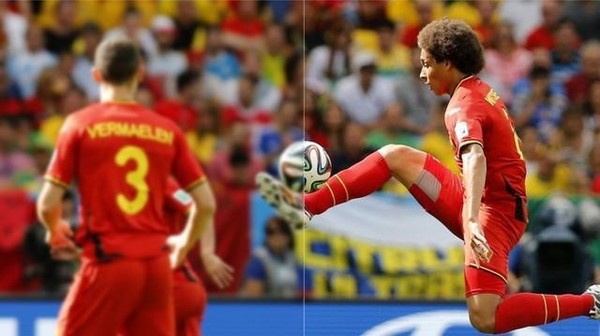
In order to solve the problem that most videos on the market only support 24 or 30 frames, OnePlus integrates MEMC (motion compensation), the core technology used in high-end TV, into mobile phones. MEMC motion compensation technology based on the algorithm can generate more intermediate frames between two adjacent frames, and the higher number of frames makes the transition between the two adjacent frames smoother. At the same time, the OnePlus is equipped with an independent MEMC chip, which can insert video frames to a maximum of 120 frames, which perfectly matches the 120Hz screen display, making the motion picture more coherent and smooth.
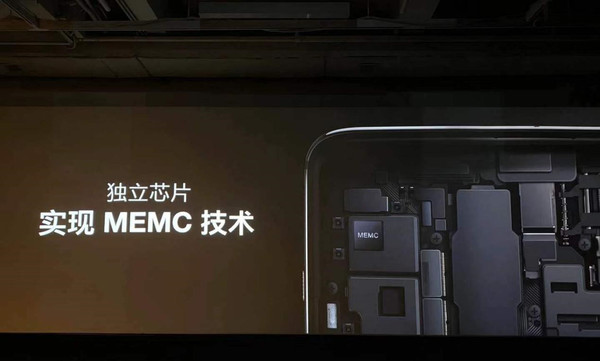
At the same time, the current frame rate of mainstream movies is 24FPS, TV dramas and variety shows mostly have a frame rate of 25 FPS or 30 FPS, before the mobile phone display panel refresh rate is mostly 60Hz, when playing 24Hz video, because 24 is not an integer multiple of 60, it needs to be repeated by 3:2 Pull Down, which will bring picture jitter. 120Hz is an integral multiple of 24Hz and 30Hz, so it can achieve completely uniform frame repetition, making the picture more stable and smooth.
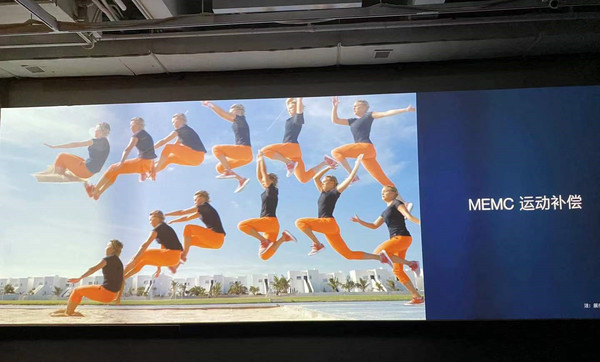
OnePlus creates a screen with accurate color and comfortable use for users
MEMC motion compensation technology can bring better dynamic picture performance for users, while 10bit and JNCD < 0.8 bring better visual perception to users in static state. An excellent screen is inseparable from true and accurate visual effects. OnePlus 7 Pro has been certified by DisplayMate, a world-famous screen testing agency, before that. DisplayMate gives a visually perfect evaluation, in which the absolute color accuracy is only 0.8 JNCD.
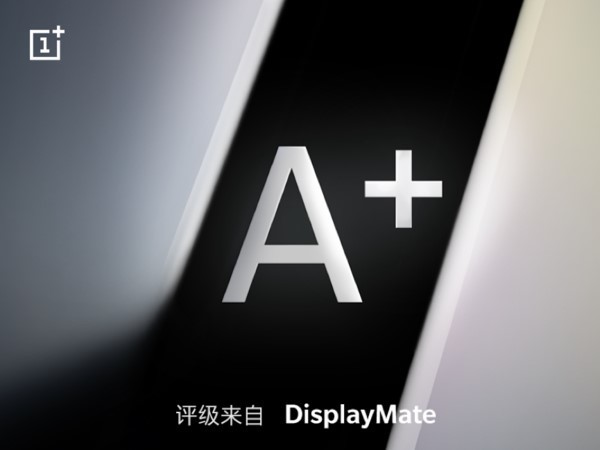
JNCD (Just Noticeable Color Difference) is a standard used to measure color accuracy. The smaller the value of JNCD is, the more accurate the color display is. At present, JNCD < 2 is the recognized industry standard. The data provided by the authoritative screen inspection organization DisplayMate for iPhone 11 Pro Max is JNCD < 0.9. now OnePlus also controls the color standard of 120Hz screen at JNCD < 0.8. At the same time, OnePlus also said that it will set up a sophisticated color detector on the production line to calibrate the color of all mobile phone products, so that every 120Hz screen will reach or even better than JNCD < 0.8. only Apple has done this before, and it will be OnePlus and Apple in the future.
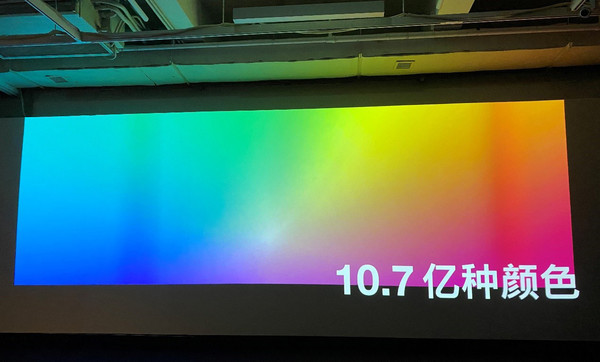
Laozi said, “five colors make people blind”, “colorless and complete color”. In the process of daily use, users also pursue more accurate color expression. Compared with the common 8bit display on the market, the OnePlus 120Hz screen can reach the 10it level, raising the color level from 256to 1024 and displaying up to 1.07 billion colors. The display color number is 64 times that of OnePlus 7 Pro, iPhone 11 Pro Max and other high-end mobile phone products, and the color display is more delicate and accurate, so that users can use the rich and accurate color performance of professional display equipment on the mobile phone.
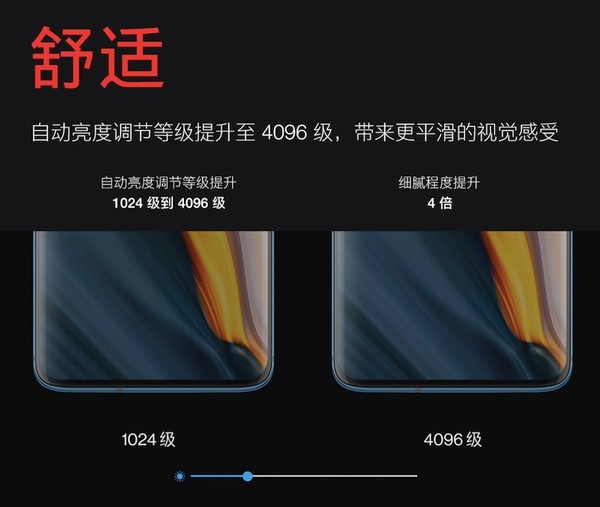
The automatic brightness adjustment of Android phones is not user-friendly enough, so OnePlus is also committed to providing consumers with a better experience. This time OnePlus will add an ambient light Sensor accurate to K level, raising the automatic brightness adjustment level to 4096, which is four times that of the ordinary flagship phone screen brightness adjustment level, making the screen brightness adjustment softer and more natural. At the same time, a better ambient light sensor will adjust the screen temperature for users according to the real-time environmental color temperature information, bring users a more comfortable visual perception under different light, and let the screen automatically adjust brightness and color temperature more intelligently.

Ending
If the 2019 OnePlus with a “desperate” courage to bring the 90Hz screen to the public, so that “no one has nothing”, 2020 is destined to be a year with a high refresh rate, and at the beginning of the year, OnePlus will share the surprise with the majority of consumers. For this enterprise, 120Hz refresh rate, MEMC technology, 2K + resolution, JNCD < 0.8, 10bit, 1.07 billion colors or level 4096 dimming are just the basis of everything, and better optimization can bring better user experience. Facing the market in the coming year, OnePlus integrates all technologies together, and finally presents users with a “smooth, accurate and comfortable” 120Hz screen. This screen also meets all the requirements of the Parameter Party and the experience Party for the current mobile phone screen. OnePlus has really achieved “people without me, people with my expertise.”
At the communication meeting, the OnePlus product manager also said that OnePlus will cooperate with more video and game platforms to bring more content related to screen ecology. Such a move is bound to promote the all-round development of the industry from high-frame products to high-frame ecology, which will be a great benefit to users, supply chains, developers and related industries.
 |
Extensive Product Selection● Over 300,000 products ● 20 different categories ● 15 local warehosues ● Multiple top brands |
 |
Convenient Payment● Global payment options: Visa, MasterCard, American Express ● PayPal, Western Union and bank transfer are accepted ● Boleto Bancario via Ebanx (for Brazil) |
 |
Prompt Shipping● Unregistered air mail ● Registered air mail ● Priority line ● Expedited shipping |
 |
Dedicated After-sales Service● 45 day money back guarantee ● 365 day free repair warranty ● 7 day Dead on Arrival guarantee (DOA) |









